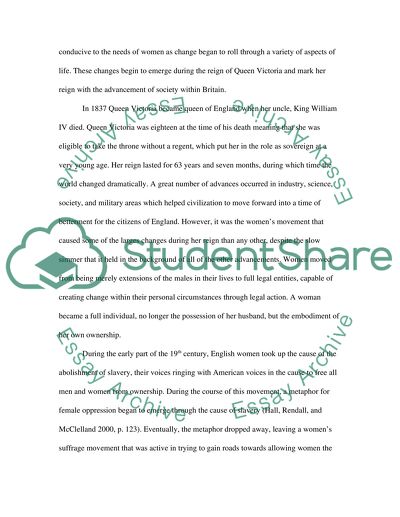Cite this document
(“In what ways, if any, were women better off in 1901 than they had been Essay”, n.d.)
Retrieved from https://studentshare.org/environmental-studies/1405197-in-what-ways-if-any-were-women-better-off-in
Retrieved from https://studentshare.org/environmental-studies/1405197-in-what-ways-if-any-were-women-better-off-in
(In What Ways, If Any, Were Women Better off in 1901 Than They Had Been Essay)
https://studentshare.org/environmental-studies/1405197-in-what-ways-if-any-were-women-better-off-in.
https://studentshare.org/environmental-studies/1405197-in-what-ways-if-any-were-women-better-off-in.
“In What Ways, If Any, Were Women Better off in 1901 Than They Had Been Essay”, n.d. https://studentshare.org/environmental-studies/1405197-in-what-ways-if-any-were-women-better-off-in.


